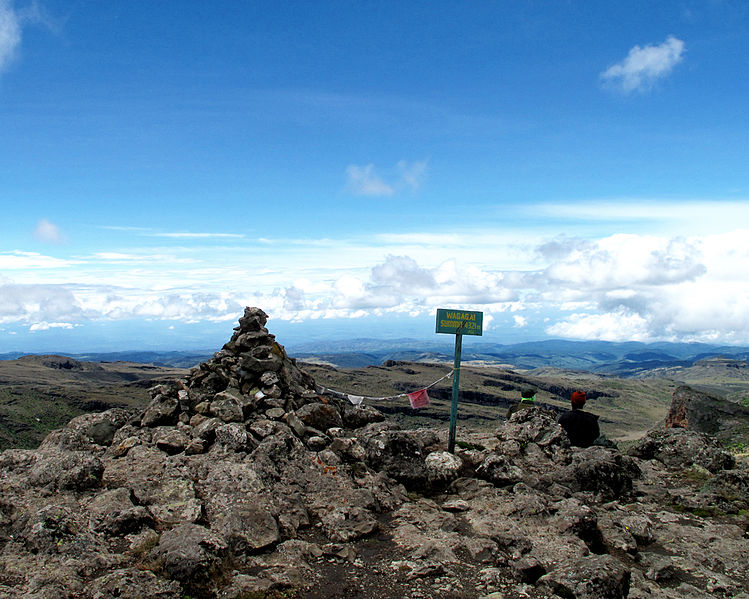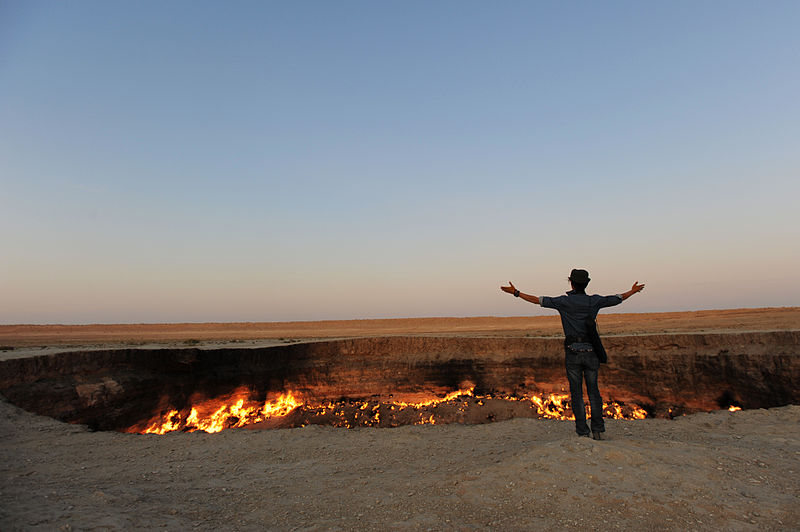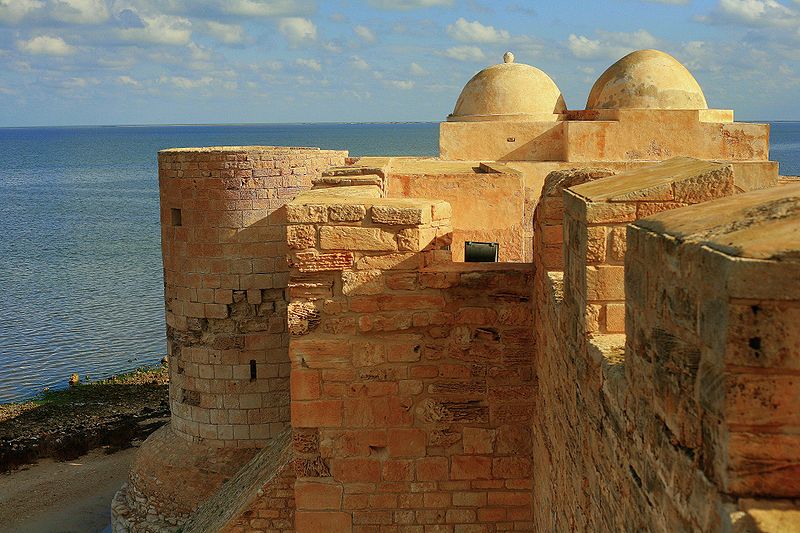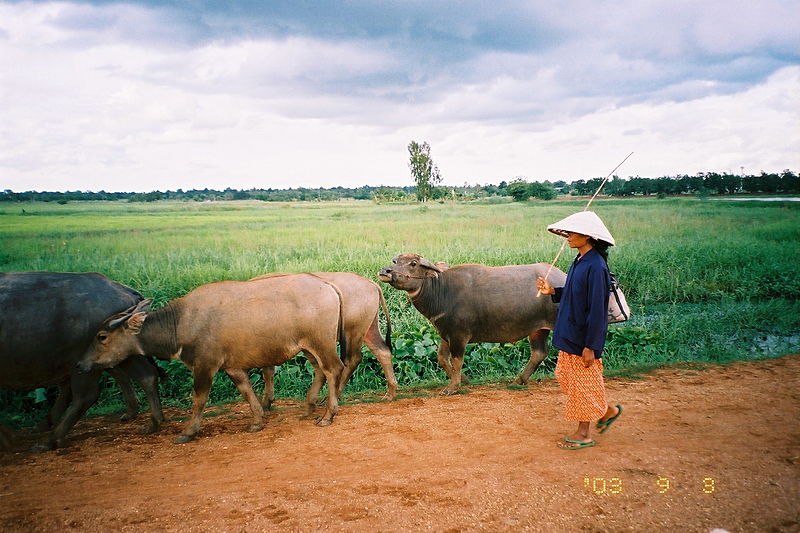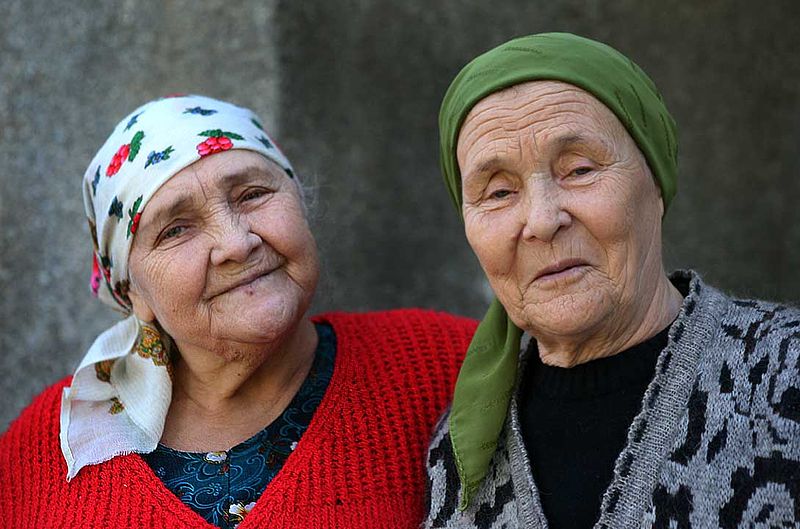About the food of Ukraine
“A dream is sweeter than honey.” Proverb from Ukraine This week we’re ambling over to Ukraine, in Eastern Europe. We can get there on foot, by car, or plane, but why not chug-chug-chug through Ukraine’s ‘tunnel of love,’ a 3-mile section of lush, green train tracks? Seriously. What a dream. And then there’s the food. The food of Ukraine is hearty, spirit-warming vittles. Wheat porridge, called (Kutia/Kutya) is the traditional dish for Christmas eve. All year round, there’s lots of bacon, pasta casseroles [Recipe], dumplings (called Varenyky), and potatoes (caviar-potato pancakes, anyone?). On any given day, there will be roasts. And plenty of them. If all that sounds heavy, it is. This kind of food helps locals weather through chilly winters in the northern highlands. Where there is a Ukrainian, there is an apparent love for beets. Locals serve beets in salads [Recipe], roasts, and even in the ubiquitous borsch. We made borscht back when we cooked Belarus [recipe]; the main difference here, is that there are more vegetables and some added meat, like pork and beef. Then there’s stuffed …
Read More

